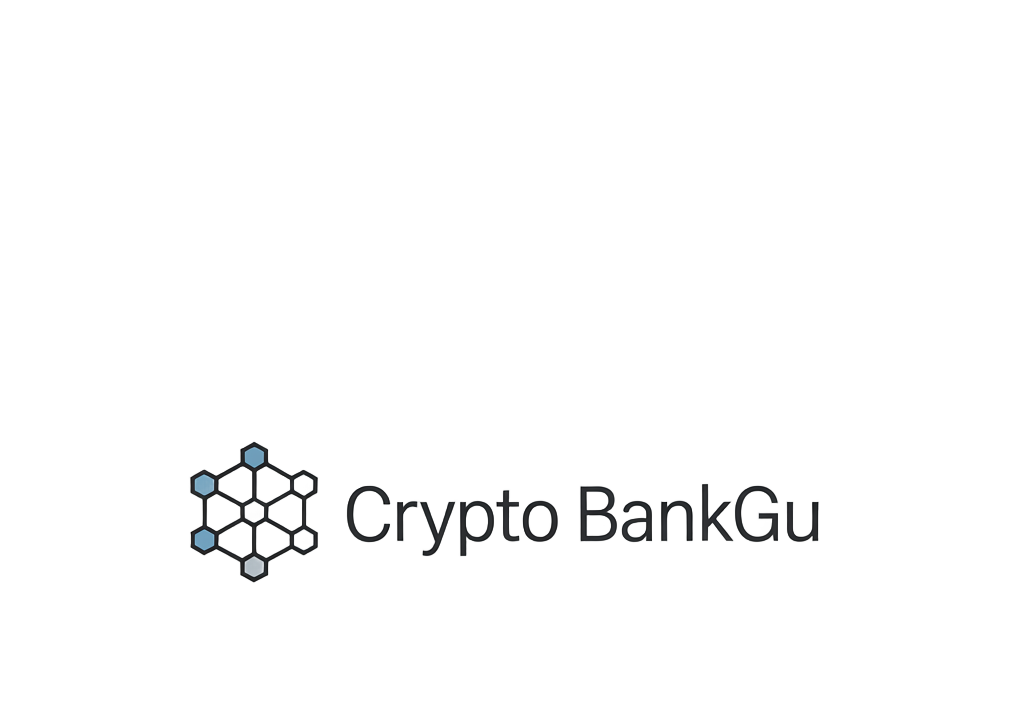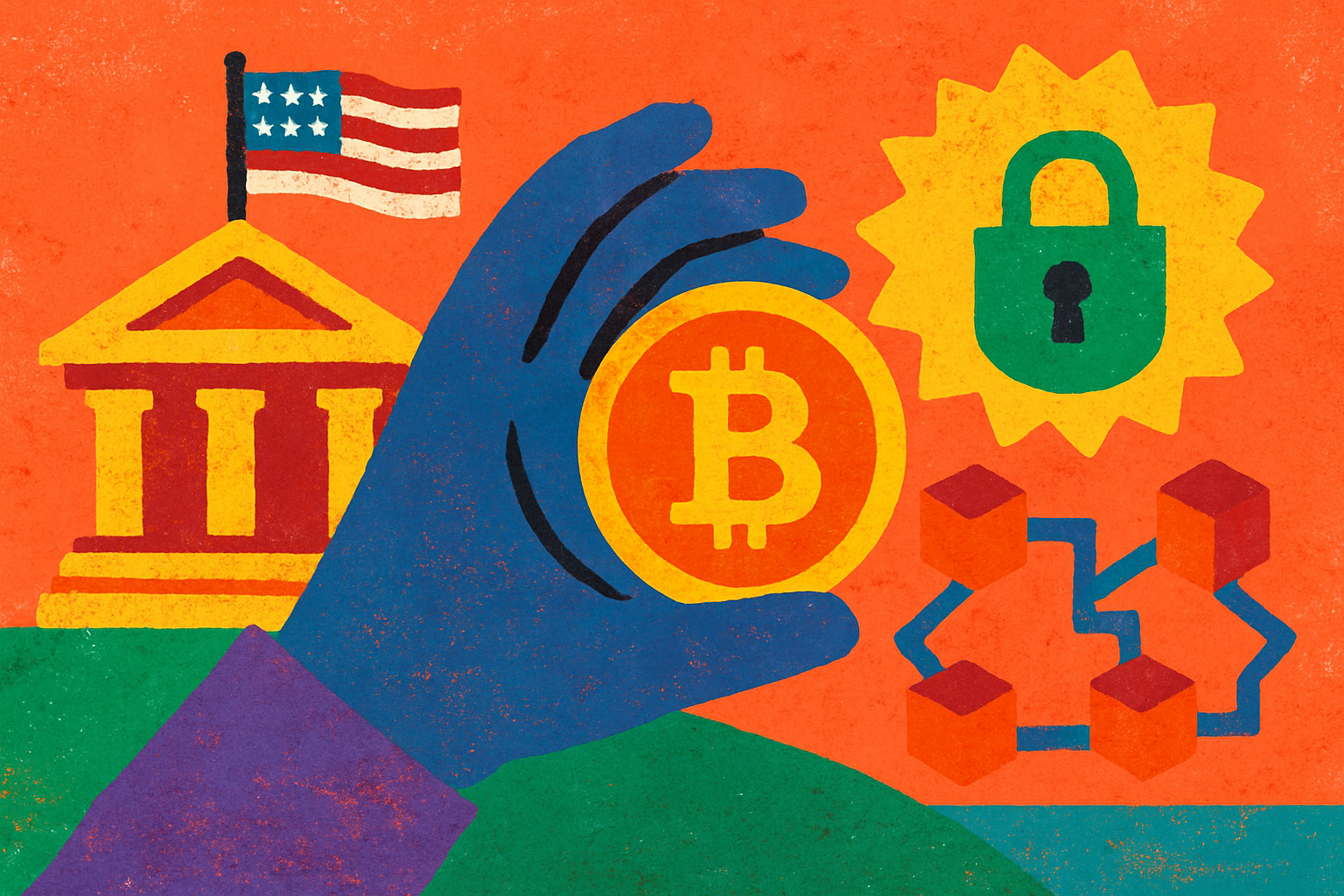
US banks are facing their most significant crossroads yet in the digital asset era. In the wake of the Office of the Comptroller of the Currency’s (OCC) policy revision in March 2025, which allowed national banks to engage in crypto activities like digital asset custody and stablecoin operations without prior regulatory approval, major crypto firms such as Circle and Ripple have moved swiftly to apply for national trust bank charters. These moves have triggered a fierce response from traditional banking interests, igniting a regulatory standoff with potentially far-reaching consequences for the future of digital banking regulation in the United States.
OCC Crypto Bank License Pause: The Flashpoint
The OCC’s new stance was initially hailed by many as a watershed moment for US crypto banking, signaling openness to integrating blockchain-based financial services into mainstream finance. However, as Circle submitted its application in June 2025 and Ripple followed suit in July, established banking groups sounded alarms. The American Bankers Association (ABA), joined by several other trade associations, formally urged the OCC to halt all pending crypto firm charter applications. Their stated rationale: unresolved policy and legal uncertainties around what constitutes permissible fiduciary activities for national trust banks when it comes to crypto assets.
This pushback is not merely bureaucratic posturing; it reflects deep-seated anxieties within legacy finance about how quickly – and on what terms – digital asset companies might gain direct access to core elements of the US financial system. If approved, these charters could let firms like Circle act as custodians for billions in stablecoin reserves or allow Ripple to accelerate cross-border settlements at scale using its XRP token (which is currently trading at $2.78, up 0.361% over 24 hours). For bankers concerned about competitive parity and systemic risk, these are more than academic questions.
Circle, Ripple and the Stakes for Digital Asset Integration
Circle’s national bank license application is designed to strengthen its role not just as a stablecoin issuer but as an institutional-grade custodian for tokenized assets. This would give it a seat at the table with major banks when it comes to serving both retail and large corporate clients interested in digital asset exposure. Meanwhile, Ripple’s charter bid aims squarely at legitimizing its payment network within regulated US banking frameworks – a move that could turbocharge adoption among financial institutions wary of regulatory gray areas.
The OCC pause has thrown both strategies into limbo. While neither firm has seen their applications outright rejected, the delay signals that regulators are heeding pressure from traditional banks who argue that granting these licenses would represent a fundamental shift away from established precedent. As noted by the ABA, there remain “substantial policy and legal questions” regarding how these new entrants would operate under existing trust bank statutes.
Ripple (XRP) Price Prediction 2026-2031
Projected XRP price scenarios based on regulatory outcomes and market trends
| Year | Minimum Price | Average Price | Maximum Price | Estimated % Change (Avg YoY) | Market Scenario Insight |
|---|---|---|---|---|---|
| 2026 | $2.20 | $3.10 | $4.50 | +11.5% | Regulatory uncertainty lingers; price volatility as Ripple’s bank charter fate remains unresolved. |
| 2027 | $2.00 | $3.65 | $5.80 | +17.7% | Potential partial regulatory clarity; modest adoption growth, possible price spikes on positive news. |
| 2028 | $2.40 | $4.20 | $7.20 | +15.1% | Broader banking partnerships emerge if charters are approved; institutional interest grows. |
| 2029 | $2.80 | $4.90 | $9.10 | +16.7% | Mainstream integration accelerates, especially if Ripple secures a bank charter and regulatory frameworks stabilize. |
| 2030 | $3.30 | $5.70 | $11.00 | +16.3% | Increased utility in cross-border payments; competition from stablecoins and CBDCs intensifies. |
| 2031 | $3.90 | $6.40 | $13.50 | +12.3% | Ripple’s technology matures; significant use in global finance if regulatory environment remains favorable. |
Price Prediction Summary
XRP’s price outlook from 2026 to 2031 is highly sensitive to regulatory outcomes, especially the approval or denial of Ripple’s national trust bank charter. In a bullish scenario where Ripple secures regulatory clarity and bank partnerships, XRP could see strong price appreciation, potentially reaching as high as $13.50 by 2031. However, persistent regulatory delays or negative rulings could keep prices subdued and volatile. Gradual adoption, technology improvements, and global payment use cases provide upside potential as the digital asset market matures.
Key Factors Affecting Ripple Price
- Regulatory clarity and outcome of Ripple’s OCC bank charter application
- Institutional and banking sector adoption of Ripple’s technology
- Overall sentiment in the cryptocurrency and global financial markets
- Technological advancements in RippleNet and competing blockchain solutions
- Potential competition from stablecoins and central bank digital currencies (CBDCs)
- Macro-economic conditions and global payment trends
Disclaimer: Cryptocurrency price predictions are speculative and based on current market analysis.
Actual prices may vary significantly due to market volatility, regulatory changes, and other factors.
Always do your own research before making investment decisions.
Traditional Banks’ Response: Defensive or Strategic?
The reaction from US banks is more than simple protectionism; it’s also about risk management and preserving regulatory clarity during a period of unprecedented innovation. By calling on the OCC to freeze new crypto bank charters pending further review, banking associations hope to buy time for lawmakers and regulators to clarify issues around anti-money laundering controls, custody standards, capital requirements, and consumer protections specific to crypto-focused entities.
This tension is emblematic of broader global debates around how – or even whether – blockchain-native firms should be permitted access to core financial infrastructure on equal footing with legacy players. The outcome will set important precedents not just for Circle and Ripple but for any company seeking a foothold in regulated US banking via digital assets.
While the OCC weighs its next move, both crypto startups and traditional banks are lobbying hard behind the scenes. The American Bankers Association’s (ABA) campaign to suspend new charters is not just about stalling competitors but also about influencing the regulatory blueprint for digital banking in the US. Their core argument: crypto-native business models pose risks that existing trust bank statutes were never designed to address, from token custody nuances to real-time settlement exposures.
Meanwhile, Circle and Ripple are leveraging their public platforms to argue for a level playing field. They point out that clear, consistent regulation could actually reduce systemic risk by bringing stablecoin reserves and cross-border payment rails under direct federal oversight. For institutional clients, especially those seeking exposure to tokenized assets or on-chain settlement, regulatory clarity would be a game changer.
![]()
What’s at Stake for Crypto Banking Regulation in 2025?
The stakes are high. If Circle secures its national trust bank license, it could transform USDC into an even more trusted medium for institutional finance, with reserves held directly under OCC supervision. Ripple’s ambitions are equally significant: a banking charter could cement XRP’s role in regulated cross-border payments, potentially increasing demand and market confidence, reflected in its current price of $2.78.
On the other hand, if the OCC heeds the ABA’s call for a prolonged pause or imposes stringent new requirements, it may slow, but not stop, the integration of blockchain into US banking. Instead, crypto firms might pivot to state-level charters or explore international jurisdictions more receptive to digital asset innovation.
Broader Implications: The Future of Digital Banking Regulation
This standoff is being watched closely by global regulators and financial markets alike. The outcome will influence whether the US remains at the forefront of digital asset innovation or cedes ground to more agile jurisdictions in Europe or Asia. It will also shape how quickly mainstream consumers can access secure crypto custody, stablecoin services, and instant blockchain-based payments through their existing banks.
The regulatory tug-of-war underscores why pragmatic policy is essential as more Americans demand seamless access to both fiat and digital assets within regulated financial institutions. For now, the OCC’s pause means uncertainty, but also an opportunity for all stakeholders to work toward a framework that balances innovation with robust oversight.








